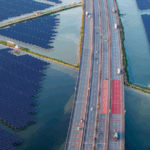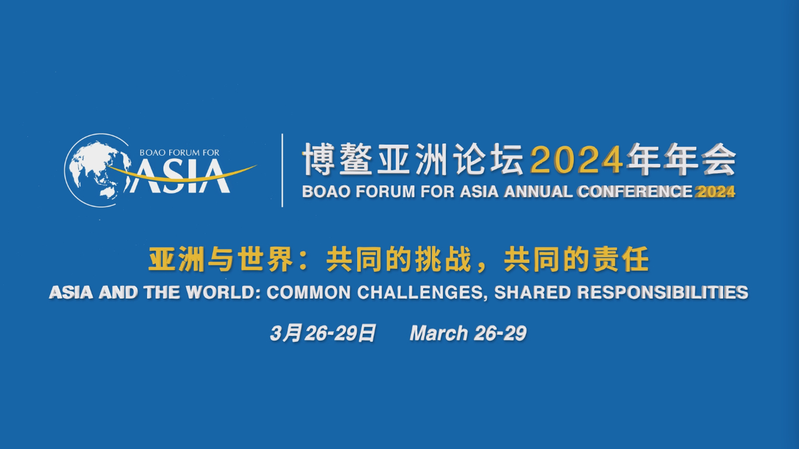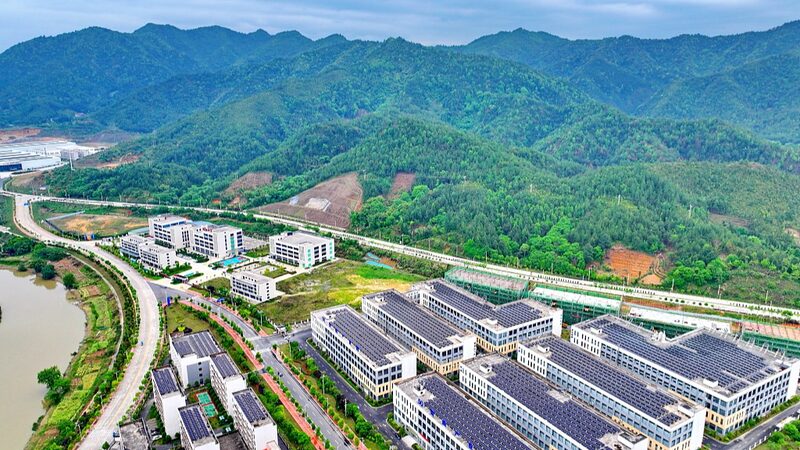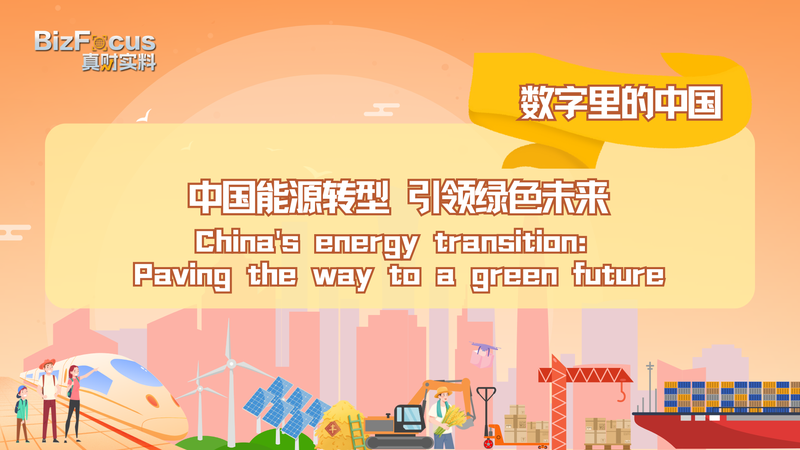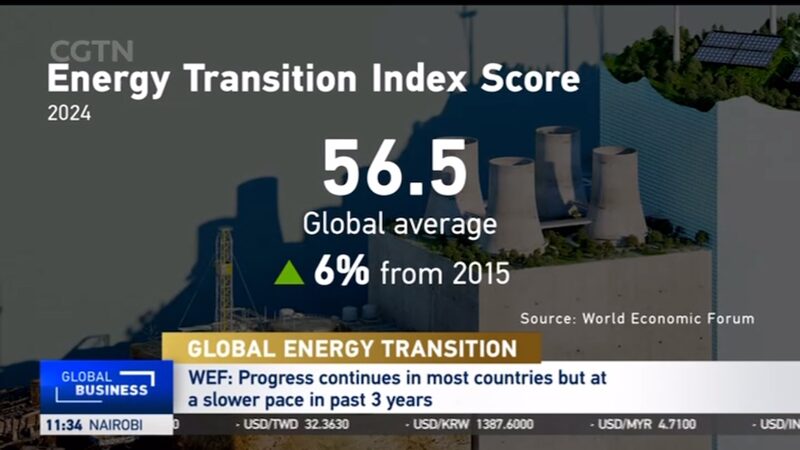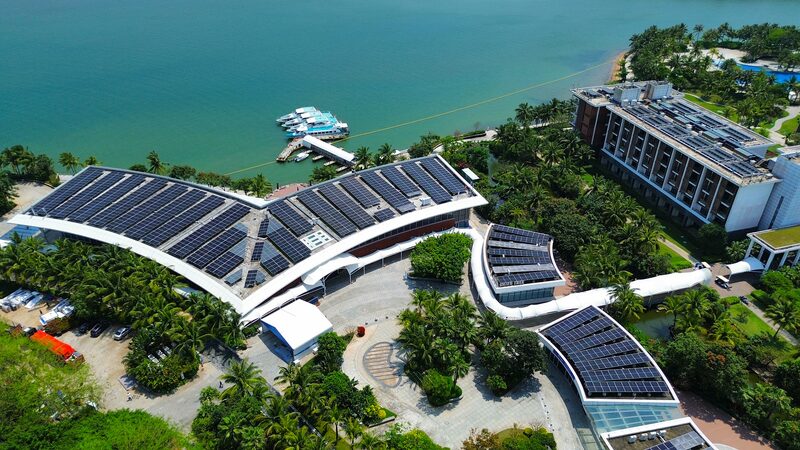Asia's push toward sustainable development took center stage at the Boao Forum for Asia 2025 Annual Conference, where policymakers and experts outlined ambitious climate goals amid growing environmental pressures. A new flagship report reveals how regional coordination, technological innovation, and market-driven strategies are reshaping energy systems and industrial practices across the continent.
The Sustainable Development: Asia and the World Annual Report 2025 highlights a 17% year-on-year increase in clean energy investments across Asian markets since 2022. China's renewable capacity expansion accounts for 63% of this growth, while Southeast Asian nations have doubled solar installations under regional power-sharing agreements.
Balancing Growth and Sustainability
Liu Ming, an economic researcher at China's State Information Center, notes: 'Green industrial upgrades could unlock $420 billion in annual economic value by 2030. However, material costs and cross-border coordination remain critical challenges.' The report identifies three priority areas:
- Standardizing carbon accounting frameworks across 28 participating economies
- Accelerating grid modernization to support renewable integration
- Developing circular economy models for manufacturing hubs
Regional Collaboration Gains Momentum
ASEAN countries recently established a shared carbon credit mechanism, while South Asian nations are piloting flood-resilient agriculture technologies. Financial institutions have committed $78 billion toward climate adaptation projects through newly launched green bond platforms.
As Asia navigates this dual imperative of economic growth and environmental stewardship, the coming decade will prove pivotal in determining the region's ability to set global sustainability benchmarks while maintaining developmental momentum.
Reference(s):
Advancing green development in Asia: Challenges and opportunities
cgtn.com

